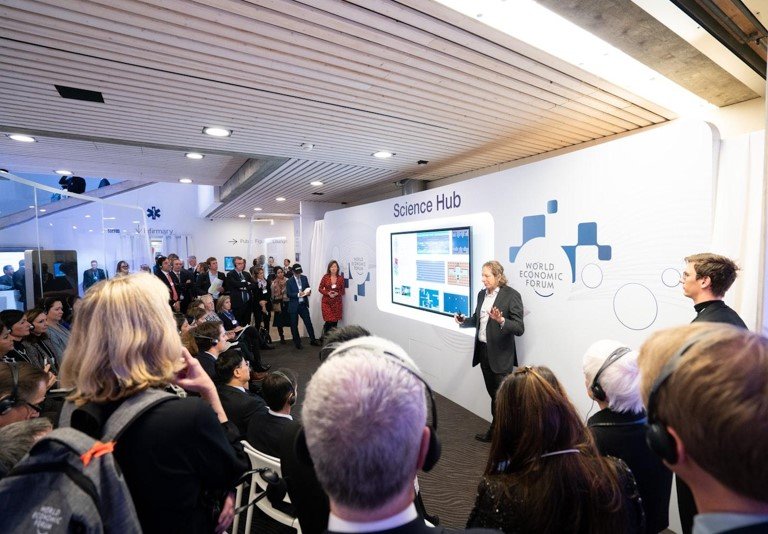For businesses seeking to capitalize on the multidisciplinary nature of collaboration and the combined creativity of their workforce, this guide examines the strategic applications of collaborative design to boost creativity, quicken product development, and improve customer happiness.
Businesses that use the concepts of collaborative design may offer an atmosphere where ideas flourish and divergent viewpoints come together. This will result in ground-breaking inventions and creative commercial solutions.
With the help of this guide, managers, leaders, and design teams can transform joint insights into concrete results. Both theoretical foundations and real-world applications are included.
The Basics of Cooperative Design
Using diverse teams’ viewpoints and collective expertise to provide creativity is known as collaboration design. It entails setting up spaces that promote the sharing of opinions and ideas. Cloud-based solutions enable cross-geographic real-time collaboration. In order to access a wide range of perspectives and knowledge, this is crucial.
Collaborative Design: An Innovative Method for Architects
Businesses must employ technologies that facilitate efficient communication and project management in order to use collaborative design.
Large project management can be facilitated by the use of collaborative project management software, BIM (Building Information Modeling), and other techniques that expedite the design process.
Collaboration is key to the Growth Hacking Strategy
One of the most effective methods for growth hacking in the quickly evolving industry of architecture is collaborative design. This strategy accelerates innovation and responsiveness by using the combined creativity and intellect of teams.
Here are some major ways that collaborative design may be extremely effective in boosting your company’s success.
Rapid Prototyping and Feedback: Rapidly visualize and improve designs in response to client input, reducing the need for revisions and strictly adhering to specifications.
Cross-Disciplinary Teams: When confronting design difficulties, use a varied range of skills in project teams to develop innovative ideas and comprehensive approaches.
Leveraging Technology: At every step of the project, enhance real time collaboration, information sharing, and communication by utilizing technologies like building information modeling.
Client-Centric Workshops: Employ workshops to build a sense of ownership and endorsement among your clients, as well as to engage them and enhance their happiness and investment.
Marketing and Visibility: Successfully implementing the strategies will not only lead to better project outcomes, but it will also provide compelling content for marketing.
These projects, particularly those that have specific keyword relevance, such as garage repair Hamilton, increase online visibility and position the firm as an innovator in innovative design.
Marketing Collaborative Successes
The marketing of successful collaborative projects can boost a company’s market position. Firms can reach a wider audience by highlighting diverse and successful projects. Project case studies can be used to increase visibility, particularly in niche markets such as Hamilton Garage Door Repair, and attract clients with specific requirements.
Challenges and Solutions
In order to adopt collaborative design, you must overcome challenges like resistance to change and the integration of new technology. Training, clear communication protocols, and measurable goals are some of the solutions.
The Future of Collaborative Design in Architecture
Technological advances and a greater focus on sustainability will shape the future of co-construction. AI and virtual reality are expected to improve the collaboration experience by enabling flexible and participatory design processes.
This technology allows architects, clients, and stakeholders to interact with designs in real time, make changes, or explore new ways to work more efficiently.
As these tendencies continue to intersect, collaborative design, such as garage door repair Hamilton, will probably play a bigger role in architectural practice going forward. It will encourage creativity and guarantee that structures fulfill both present and future requirements.
The Bottom Line
Architecture is entering a new era with the merging of business innovation and collaborative design. Through active user involvement in the design process, this method provides creativity and improves customer engagement.
As sustainability gains importance, collaboration will become increasingly crucial. This will open the door to more intelligent and responsive design practices and enable the smooth incorporation of environmental considerations into future projects.

